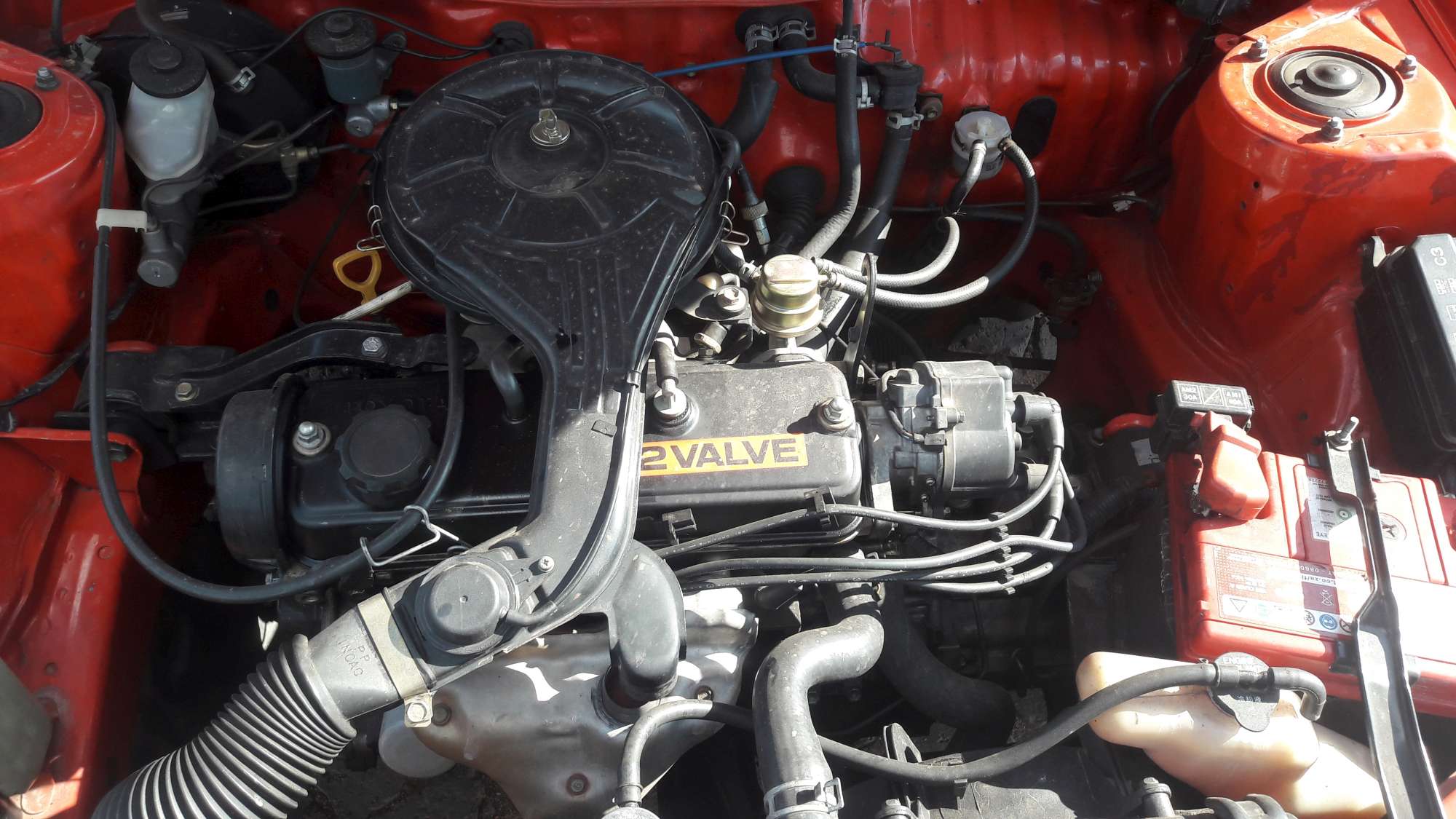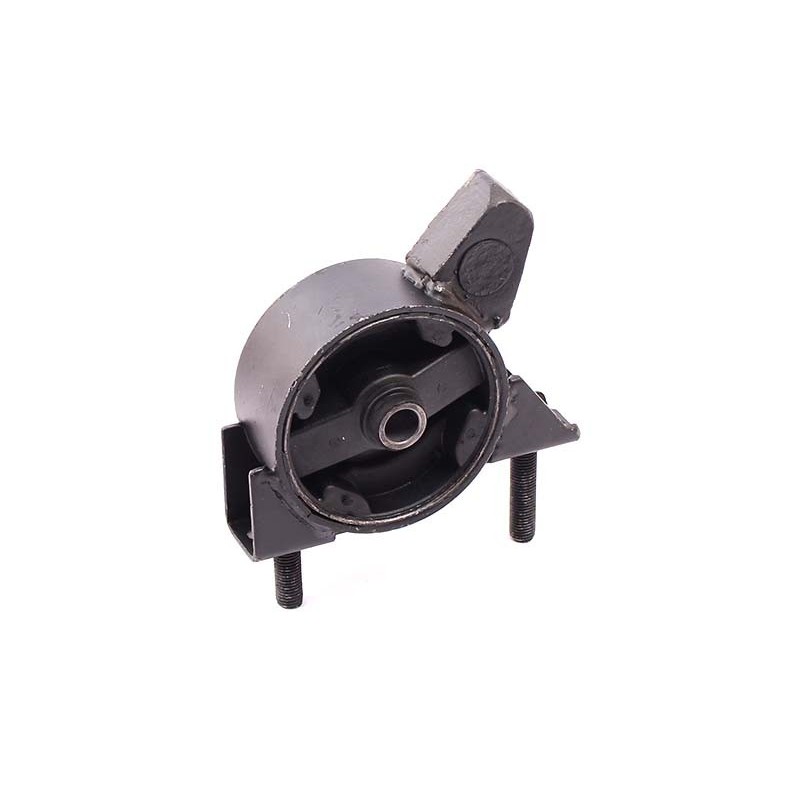Toyota Tazz: A Review of Its Handling, Fuel Economy, and Overall Performance
Toyota Tazz: A Review of Its Handling, Fuel Economy, and Overall Performance
Blog Article
Discover the current Trends in Engine Innovation Via Tazz
In the rapidly advancing landscape of vehicle technology, Tazz stands at the center, highlighting considerable developments in engine systems that prioritize both development and sustainability. tazz. From hybrid engines that optimize gas efficiency to the development of hydrogen fuel cells, the fads forming modern powertrains are not just boosting performance however additionally addressing critical ecological challenges. As the sector continues to push boundaries, it is vital to think about how these advancements will affect future transportation services and the more comprehensive implications for global energy intake. What lies ahead in this essential makeover?
Hybrid Engine Innovations
Hybrid engine advancements represent a pivotal change in automobile technology, integrating the benefits of internal burning engines with electric propulsion systems. This assimilation not only boosts fuel efficiency however also lowers exhausts, meeting significantly strict ecological policies. By making use of both energy resources, hybrid engines can optimize efficiency, delivering power when required while conserving gas during less requiring driving problems.
Current developments in crossbreed innovation consist of improvements in battery performance and regenerative braking systems. These advancements permit higher power recovery throughout slowdown, which can be redirected to help in velocity or power auxiliary systems. Producers are concentrating on portable layouts and light-weight materials to take full advantage of the performance of crossbreed powertrains.
The development of plug-in hybrids has likewise increased the marketplace, enabling chauffeurs to charge their automobiles utilizing typical electric outlets. This attribute frequently permits considerable all-electric variety, additional reducing reliance on standard gas. tazz. As the automobile market continues to progress, hybrid engine modern technologies are anticipated to play a crucial role in bridging the void in between standard automobiles and totally electrical designs, supplying a transitional option that satisfies diverse consumer demands and choices
Breakthroughs in Electric Powertrains
The vehicle landscape is quickly progressing, with electric powertrains emerging as a leading force in lasting transport. Developments in electric vehicle (EV) modern technology are substantially boosting efficiency, individual, and efficiency experience. Trick innovations include improvements in battery chemistry, which have actually increased energy thickness, lowered charging times, and extended overall battery life.
Solid-state batteries, as an example, assure to transform the marketplace by supplying higher safety and effectiveness contrasted to traditional lithium-ion cells. Advancements in regenerative stopping systems are allowing lorries to recover power during slowdown, contributing to total performance.
In addition to battery modern technology, electric motor designs are ending up being more advanced. Technologies such as integrated motors and progressed thermal administration systems are aiding to optimize power shipment and minimize weight, inevitably enhancing car characteristics.

Collectively, these advancements highlight the commitment to transition in the direction of cleaner, extra efficient transportation services, positioning electrical powertrains at the center of vehicle advancement.
The Increase of Hydrogen Fuel Cells
Increasingly, hydrogen fuel cells are obtaining traction as a viable choice to typical interior combustion engines and battery electric lorries. This modern technology takes advantage of the chemical energy stored in hydrogen, transforming it right into electrical energy with an electrochemical reaction with oxygen. The key by-product of this process is water, making hydrogen gas cells an eco-friendly alternative with no emissions at the tailpipe.

Car manufacturers are increasingly purchasing hydrogen fuel cell innovation, acknowledging its possibility for long-range applications and fast refueling capacities that rival traditional fuels. Furthermore, fields such as heavy-duty transport and public transit are especially appropriate for hydrogen fuel cells, where battery electrical options may fail because of weight and variety restrictions.
As research study and financial investment proceed to increase, hydrogen gas cells are positioned to play a substantial duty in the future landscape of tidy transport and power solutions.
Enhancements in Internal Combustion Engines
Developments in interior combustion engine (ICE) technology are transforming conventional cars to meet modern environmental standards and efficiency assumptions. Among one of the most substantial improvements includes the combination of advanced fuel shot systems. These systems maximize the air-fuel blend, enhancing combustion efficiency and resulting in lowered exhausts. Straight gas injection, for example, permits for far better atomization of fuel, resulting in more full burning and enhanced power result.
In addition, turbocharging has obtained importance, allowing smaller sized engines to deliver greater performance without the weight of bigger engines - tazz. This innovation not only improves efficiency yet also adds to lower gas consumption. Variable shutoff timing systems are also being improved, enabling engines to adapt look at these guys to various driving problems for improved torque and responsiveness
Additionally, the use of light-weight products in engine building is coming to be conventional, further improving gas efficiency by decreasing general car weight. Engine control devices (ECUs) are increasingly advanced, making it possible for real-time modifications that enhance efficiency and emissions.
These enhancements jointly signify a critical change in ICE modern technology, aligning with worldwide sustainability objectives while still giving the performance vehicle drivers expect from their vehicles. As the industry progresses, these renovations continue to form the future of conventional automobile engineering.
Future Fads in Engine Efficiency
Substantial improvements in engine efficiency are expected as producers concentrate on incorporating cutting-edge technologies to satisfy stringent ecological guidelines and customer demands. The change in the direction of electrification, hybrid systems, and alternative gas is improving the automotive landscape, driving technologies that improve gas economic situation and minimize exhausts.
Among the crucial fads is the execution of sophisticated products and producing strategies. High-strength alloys and lightweight composites add to lowered automobile see here now weight, therefore enhancing total performance. Additionally, the fostering of turbocharging and variable valve timing modern technologies enables improved power output from smaller sized engines, better improving fuel economic climate.

Conclusion
In verdict, the exploration of engine modern technology exposes substantial developments that focus on sustainability and effectiveness. Technologies in hybrid engine systems, electrical powertrains, and hydrogen gas cells demonstrate a dedication to reducing discharges while boosting performance. Moreover, improvements in interior burning engines and a focus on lightweight products add to general engine performance. As the vehicle sector continues to develop, these patterns will certainly play an essential function fit a cleaner and even more sustainable future for transportation.
From crossbreed engines that optimize gas efficiency to the development of hydrogen fuel cells, the patterns shaping contemporary powertrains are not just improving efficiency however additionally resolving critical environmental challenges.Hybrid engine innovations represent a crucial change in automotive technology, incorporating the advantages of inner burning engines with electrical propulsion systems.Furthermore, turbocharging has acquired importance, allowing smaller engines to supply greater efficiency without the weight of larger engines. Furthermore, the adoption of turbocharging and variable shutoff timing modern technologies permits for enhanced power outcome my response from smaller engines, further boosting gas economic climate.
Enhancements in internal burning engines and an emphasis on lightweight materials add to general engine efficiency.
Report this page